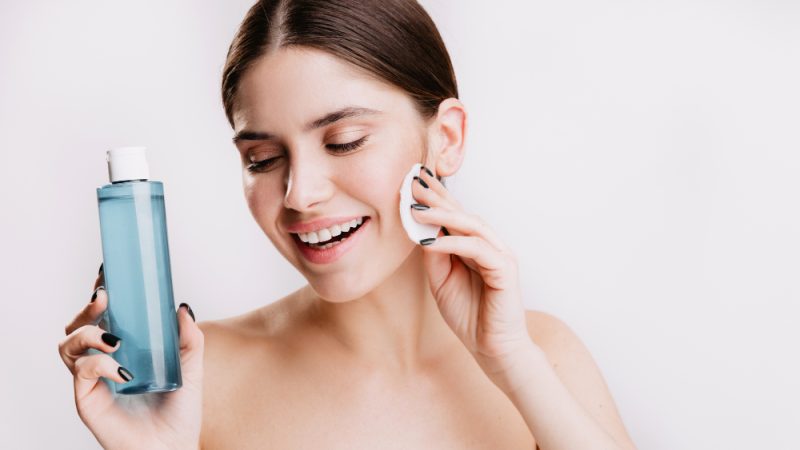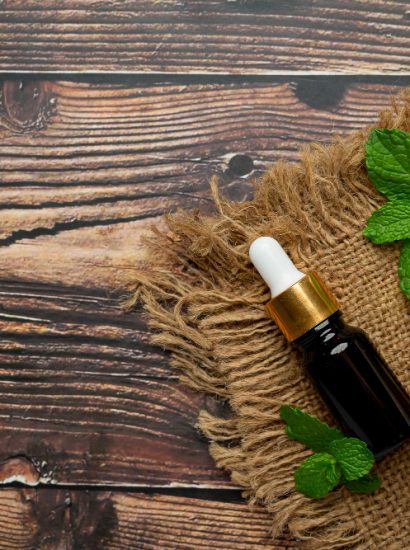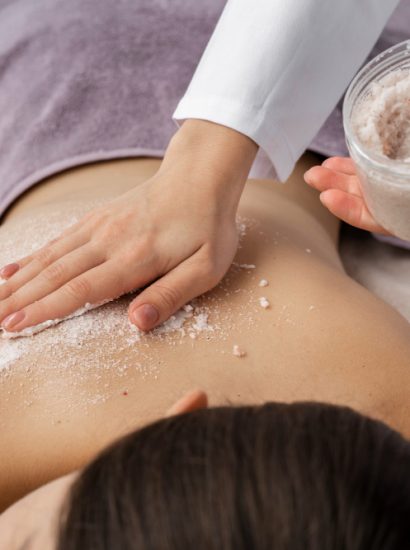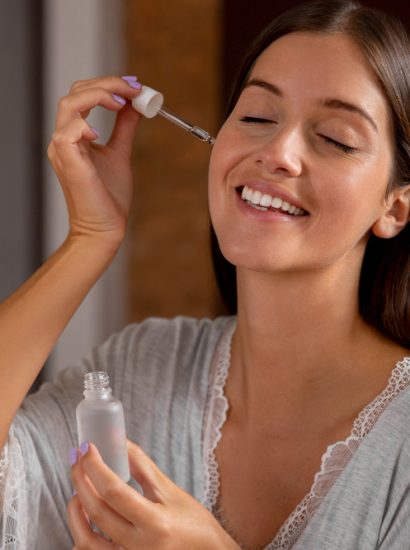A face cleanser is a fundamental part of any skincare routine. It helps remove dirt, oil, and other impurities that can clog pores and cause skin issues. Choosing the right face cleanser and using it correctly is crucial for maintaining healthy, radiant skin. In this comprehensive guide, we’ll delve into everything you need to know about face cleansers, from types and ingredients to application techniques and common myths.
1. What is a Face Cleanser?
A face cleanser is a skincare product designed to remove makeup, dead skin cells, oil, dirt, and other pollutants from the skin. It helps unclog pores and prevent skin conditions such as acne. Cleansing your face is essential to allow the skin to breathe and rejuvenate, promoting a clear and healthy complexion.
2. Types of Face Cleansers
- There are various types of face cleansers available, each catering to different skin types and concerns. Here are some of the most common types:
- Gel Cleansers: Best suited for oily and acne-prone skin, these cleansers have a gel-like consistency and deep-clean pores.
- Foam Cleansers: Ideal for combination skin, foam cleansers start as a cream or gel and lather into a foam to cleanse the skin.
- Cream Cleansers: Suitable for dry and sensitive skin, cream cleansers are rich and hydrating, helping to maintain moisture balance.
- Oil Cleansers: Effective for all skin types, oil cleansers use natural oils to dissolve makeup and impurities without stripping the skin.
- Micellar Water: A gentle option for all skin types, micellar water contains micelles that attract dirt and oil, making it easy to wipe away impurities.
3. How to Choose the Right Face Cleanser for Your Skin Type
- Selecting the right face cleanser depends on your skin type and specific concerns. Here are some tips to help you choose the best one for your skin:
- Oily Skin: Look for gel or foam cleansers that contain salicylic acid or benzoyl peroxide to help control oil production and prevent breakouts.
- Dry Skin: Opt for cream or oil cleansers with hydrating ingredients like hyaluronic acid or glycerin to retain moisture.
- Combination Skin: A balanced foam cleanser works well to address both oily and dry areas of the skin.
- Sensitive Skin: Choose fragrance-free and hypoallergenic cleansers with soothing ingredients like aloe vera or chamomile.
4. Key Ingredients to Look For
- The effectiveness of a face cleanser largely depends on its ingredients. Here are some key ingredients to consider:
- Salicylic Acid: Helps exfoliate the skin and unclog pores, making it ideal for acne-prone skin.
- Hyaluronic Acid: Provides deep hydration and helps retain moisture in the skin.
- Vitamin C: Brightens the complexion and promotes collagen production.
- Aloe Vera: Soothes and calms irritated skin.
- Tea Tree Oil: Has antibacterial properties that help combat acne.
5. How to Properly Use a Face Cleanser
- Using a face cleanser correctly ensures maximum benefits. Follow these steps for optimal results:
- 1. Wet Your Face: Use lukewarm water to wet your face, as hot water can strip the skin of its natural oils.
- 2. Apply Cleanser: Dispense a small amount of cleanser onto your fingertips and gently massage it into your skin in circular motions.
- 3. Rinse Thoroughly: Rinse off the cleanser with lukewarm water, ensuring no residue is left behind.
- 4. Pat Dry: Gently pat your face dry with a clean towel. Avoid rubbing, as it can irritate the skin.
- 5. Follow Up with Skincare Routine: Apply toner, serum, moisturizer, and sunscreen as needed.
6. Common Mistakes to Avoid
- To get the most out of your face cleanser, avoid these common mistakes:
- Over-Cleansing: Washing your face too often can strip away natural oils and cause dryness or irritation. Stick to cleansing twice a day.
- Using Harsh Products: Avoid cleansers with harsh chemicals or high alcohol content, as they can damage the skin barrier.
- Skipping Moisturizer: Always follow up with a moisturizer to keep your skin hydrated and balanced.
- Not Removing Makeup: Make sure to remove makeup before cleansing to prevent clogged pores and breakouts.
7. Benefits of Regular Face Cleansing
- Regular face cleansing offers numerous benefits for your skin, including:
- Prevents Acne: Removes excess oil, dirt, and impurities that can cause breakouts.
- Improves Skin Texture: Promotes smoother, softer skin by removing dead skin cells.
- Enhances Product Absorption: Prepares the skin for better absorption of skincare products.
- Maintains Hydration: Helps retain the skin’s natural moisture balance.
8. DIY Face Cleanser Recipes
- For those who prefer natural skincare, here are a few simple DIY face cleanser recipes:
- Honey and Lemon Cleanser: Mix 1 tablespoon of honey with a few drops of lemon juice. Apply to the face and rinse off after 10 minutes.
- Coconut Oil Cleanser: Massage a small amount of coconut oil onto your face to dissolve makeup and impurities. Wipe off with a warm, damp cloth.
- Oatmeal and Yogurt Cleanser: Combine 2 tablespoons of oatmeal with 1 tablespoon of yogurt. Apply to the face, gently scrub, and rinse off.
9. Myths About Face Cleansers
- There are several misconceptions about face cleansers. Here are some myths debunked:
- Myth 1: All Cleansers are the Same: Different cleansers cater to different skin types and concerns. Choose one that suits your skin’s needs.
- Myth 2: Cleansers Should Foam to be Effective: Not all effective cleansers foam. Gel and cream cleansers can be just as effective without lathering.
- Myth 3: You Don’t Need to Cleanse If You Don’t Wear Makeup: Even if you don’t wear makeup, cleansing removes dirt, oil, and pollutants that accumulate on your skin.
10. Choosing Between High-End and Drugstore Cleansers
When it comes to face cleansers, price doesn’t always equate to quality. Many drugstore cleansers are just as effective as high-end options. Focus on the ingredients and formulation rather than the brand or price tag.
Conclusion
A face cleanser is a crucial step in any skincare routine, helping to remove impurities and keep your skin healthy. By understanding the different types of cleansers, choosing the right one for your skin type, and using it correctly, you can achieve a clear, radiant complexion. Remember to avoid common mistakes and consider your skin’s unique needs when selecting a face cleanser.
FAQs
1. How often should I use a face cleanser?
It’s recommended to cleanse your face twice a day—once in the morning and once before bed.
2. Can I use the same face cleanser all year round?
Your skin’s needs can change with the seasons. You might need a more hydrating cleanser in the winter and a lighter one in the summer.
3. Is it necessary to double cleanse?
Double cleansing can be beneficial, especially if you wear makeup or sunscreen. Use an oil-based cleanser first, followed by a water-based cleanser.
4. Can I use a face cleanser on other parts of my body?
Face cleansers are formulated specifically for the delicate skin on your face. For your body, use a product designed for body skin.
5. What should I do if my face cleanser causes irritation?
If your face cleanser causes irritation, discontinue use immediately and consult a dermatologist for advice. Consider switching to a gentler formula.
Also read : LIP PLUMPING LIP BALM: 10 INCREDIBLE CHOICES FOR A DRAMATIC TRANSFORMATION





